Information for Cat Owners
We are a nation of pet owners, but sometimes loving our cats is not enough. Cats are treasured family members but it can be easy to forget that cats have their own very specific and special needs. At MSD Animal Health we are dedicated to the promotion of a proactive approach to your cat’s health and wellbeing, by considering 5 key areas of focus. Knowing what makes for a happy healthy cat isn’t always obvious but within this page you will find key information about your cat’s health and wellbeing – If you have any concerns about your cat’s health, always ensure to consult your local veterinary practitioner as soon as possible
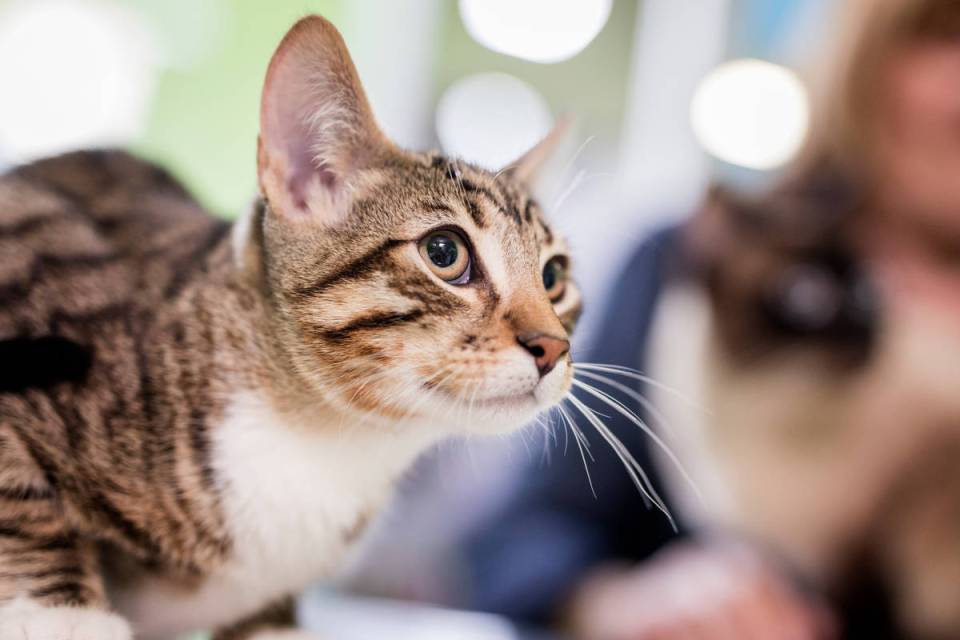
Health
We have decided to begin our advice on the topic of health – simply because that’s our area of expertise. That doesn’t diminish the other key areas of care below. Quite frankly – its close to our heart!
Practical tips to keep your cat in the best of health:
As a cat owner, you are the single biggest influencer on your cat’s future health. By taking appropriate preventative measures, many of the risks, that may damage your cat’s health and welfare, can be minimised.
• Ensure your cat is vaccinated against key infectious diseases – The approach to vaccination differs depending on your cat’s lifestyle. An annual health check for your cat is a valuable opportunity to assess all potential risks to their health including those posed by infectious disease.
• Regular safe and effective control of internal and external parasites matched to likely risks also reduces
the likelihood of household exposure.
• Neutering is a very important consideration and is advisable before sexual maturity – around 4 months of age in females. It reduces not only the risk of unwanted pregnancies, and associated health problems, but also the risk of important transmissible diseases, fighting and territorial behaviour in males.
• Regular inspection of claws, grooming and dental care is essential. It will help you to keep on top of your cat’s natural grooming and it can help you spot and manage problems early.
• Exploring health plans and pet insurance can reduce your pet’s costs long term. Health plans and pet insurance make sure all your pet’s health needs can be covered affordably. There are two key elements to routine preventive healthcare – Vaccination and Parasite Control. We will now look at some common questions owners have about vaccination before looking in more depth at Parasite Control.
VACCINATION
Why does my cat need to be vaccinated?
Vaccination stimulates the cat’s immune system, teaching it to recognise, and fight, important infectious diseases. Some infectious diseases can prove to be very serious and may not be treated effectively.
Vaccination provides the best way of reducing the risks that these diseases pose.
Why does my cat need booster vaccines?
Your veterinary practitioner will advise which vaccines are recommended for your cat
such as:
VACCINATION
- “Cat Flu”
- Calicivirus
- Herpesvirus
- Feline Panleucopaenia
- Bordetella bronchiseptica
- Rabies
- Chlamydia
Your cat’s immunity following vaccination is likely to wane over time, and for certain diseases your cat will require an annual booster to ensure that immunity is maintained throughout life. For other diseases your vet will decide when or whether your cat needs a booster depending upon the risks your cat is exposed to.
In order to ensure vaccination is appropriate, your cat must be in a good health. This is one reason for why your vet will first perform a complete health check.
Why do we protect cats against some diseases that we see more rarely?
Ensuring as many cats as possible are protected by vaccination helps prevent these diseases spreading and keeps the incidence low. However, if we stop vaccinating we risk these diseases re-emerging and outbreaks occurring.
PARASITE CONTROL
Regular safe and effective control of internal and external parasites according to risks not only protects your pet but also reduces the likelihood of household exposure.
5 key facts you should know about parasites:
• Fleas can infest your cat from a very young age and at any time of the year. A single female flea can
produce up to 50 eggs per day which will fall off your pet into your home. The eggs hatch into tiny maggotlike larvae, then develop over the following weeks in the carpets and soft furnishing of your home.
• Flea larvae change to pupae that are resistant to treatment and may lie dormant in the home and garden for many months before emerging as adults. The adults will seek out and feed on your cat‘s blood once emerged, but will also bite dogs and humans too.
• Flea prevention can often be the best strategy. Please note, it is essential to treat all the animals in the household, for a sufficient period of time, to kill all adult and emerging fleas. If using a monthly treatment
you must remember to retreat at the correct intervals. Depending on the effectiveness of the chosen treatment, products to treat the environment may also be needed.
• Always ensure you use flea and tick products specifically indicated for cats – some products for use on dogs are very toxic to cats!
• There are a number of different worms which can infest cats, including roundworm, hookworm and tapeworm.
Although they may not be visible, cats are commonly infected with worms.
HUMAN RISK:
Toxocara cati can affect humans too, if eggs are accidentally ingested. Children are most at risk, as they may play in areas (sandpits, gardens etc.) where worm eggs are commonly found. The parasite can cause a variety of problems, including damage to the liver, lungs or eyes. Regular treatment will help to protect your cat and this will help to protect your family too.
Fleas and ticks can cause serious health problems in cats and are a year-round risk. Do the best for your pet and keep your pet protected by regularly applying parasite treatments, as directed by your vet.

In spring, as the weather warms up, ticks and fleas start to become more active. In summer, the risk from both fleas and ticks is high, just when we are spending more time outdoors with our pets. Flea populations are at their peak in early Autumn, and ticks remain active throughout the milder months. Fleas will happily live indoors in centrally heated homes if protection is not maintained. This is why experts recommend year-round protection against fleas. The protection required against ticks is based on the timing of likely exposure and consequential risk. A long acting product is now available from your local veterinary practitioner which allows seasonal control of fleas and ticks.
TIPS ON KEEPING UP TO DATE WITH PARASITE PROTECTION
Even with fewer doses to remember, it can be easy to forget! Keep on top of your pet’s treatment by:
• Asking your vet about treatment reminders or download the Bravecto reminder app from the App store
• Set up a recurring reminder using your smartphone calendar
Care & Companionship
Practical tips on general care and company:
• Our cats’ wild ancestors are more naturally solitary and so it’s often better to keep them singly rather than
in groups.
• If living indoors with other cats: (see also environment)
- Sufficient access to resources (food bowl, water bowl, litter tray) should be provided; Equipment
resources equal to the number of cats plus one is recommended to ensure cats aren’t forced to share. - Consideration should also be given to providing adequate space and security for all individuals.
- While cats are more self sufficient than many other pets, it is always vital to ensure they have suitable care and supervision at all times including while on holiday.
- Cat ownership brings both physical and mental benefits to our wellbeing – our cats deserve to benefit from a good quality of life in return
- Microchipping helps ensure your pet can be identified and that you can be reunited with your pet in case of loss or an accident.
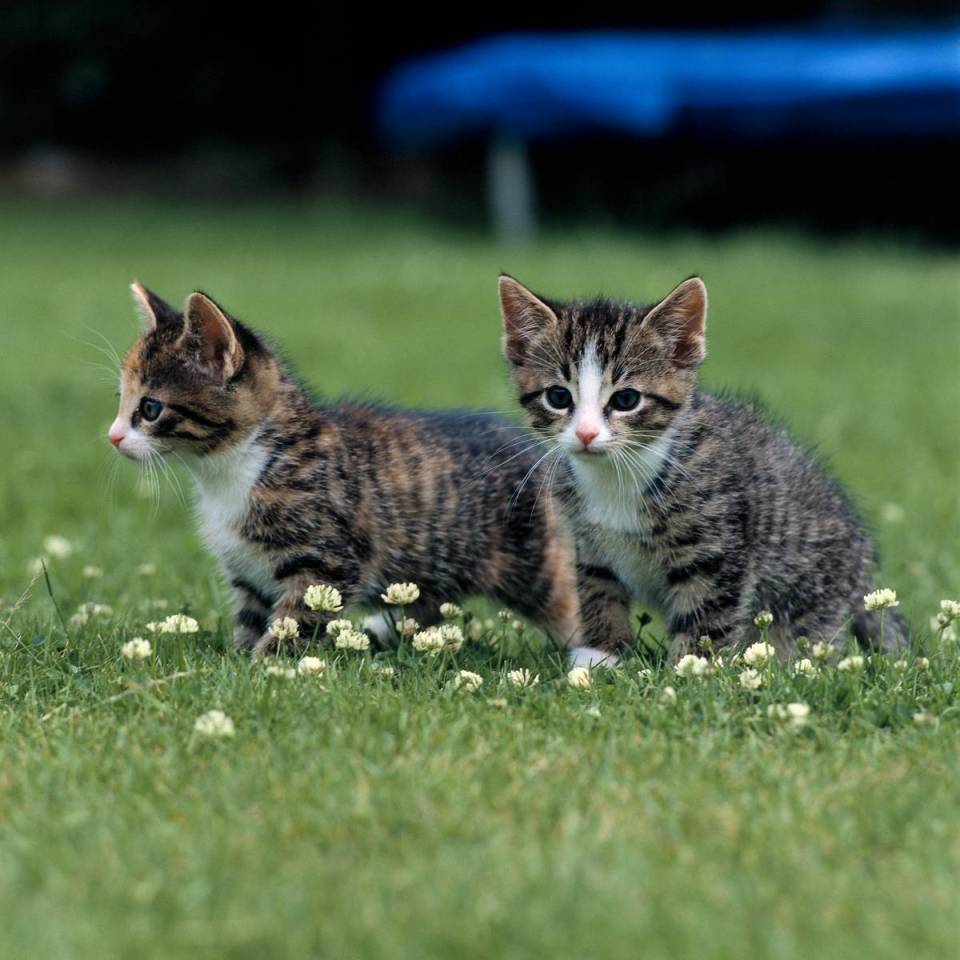
Feeding & Diet
Practical tips for feeding your cat:
• Cats are carnivores with very specific nutritional requirements and should not be fed on dog food. A diet prepared by yourself is usually not recommended due to the specialised nature of the cat’s dietary requirements.
• Cats should be fed a specifically formulated commercial cat food (either dry or canned). This is the most practical approach to feeding which ensures a balanced diet that can be adapted to their age, weight, breed,
lifestyle, physical activity and state of health.
• Take care with treats! Give treats in small quantities for training purposes or on an occasional basis only, reducing the main meal if a treat is provided. Larger quantities may unbalance the diet, lead to health problems and may certainly result in unwanted calories
• Cats are often intolerant to the lactose (milk sugar) in cows milk. Any quantity of milk fed is likely to
induce diarrhoea in these cats.
• Your cat may choose to drink from water sources outdoors but always ensure that your cat has fresh clean
water readily available.
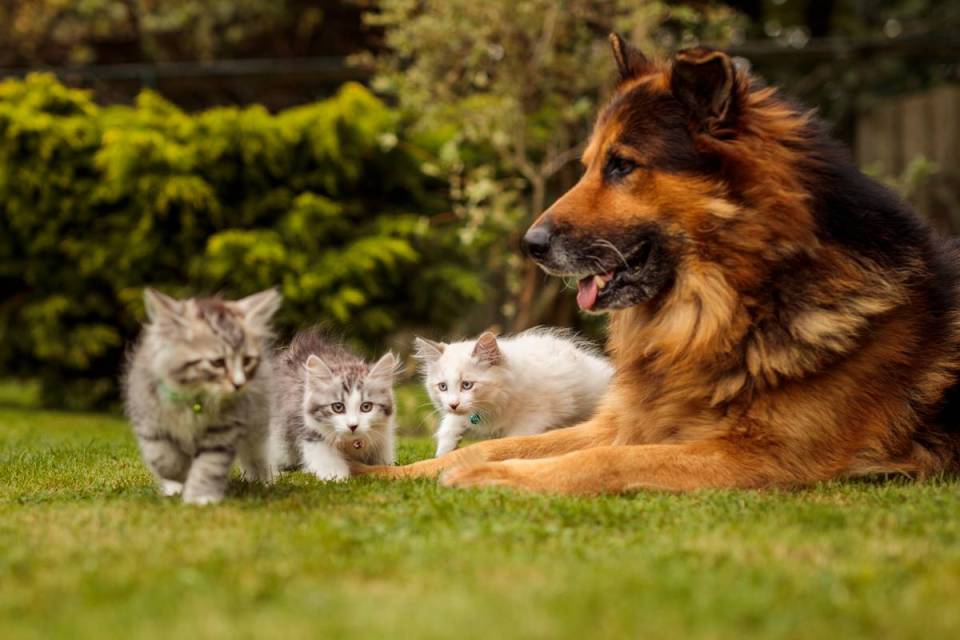
Behaviour & Interaction
Practical tips on your cat’s behaviour:
• Interact with your cat in a positive, consistent manner. Kittens need to be socialised with human contact
early in life, ideally from two to seven weeks of age to make the best pets.
• Provide access to a litter box. Cats are solitary and independent animals that are clean by nature. Litter-training is important to establish even if outdoor access is provided.
• Provide opportunity for play and predatory behaviour. Cats need exercise and access to the outdoors.
A variety of suitable toys, scratching posts and climbing frames make a more rewarding environment and
allows a range of normal behaviours.
• Learn to read your cat’s mood! Scent marking, body posture and tail movement, as well as the sounds
made by cats, can all indicate when they feel unhappy or threatened.
• Subtle changes in behaviour may be the first sign of a medical issue.
Ensure prompt professional advice is sought if problematic behaviours are encountered.
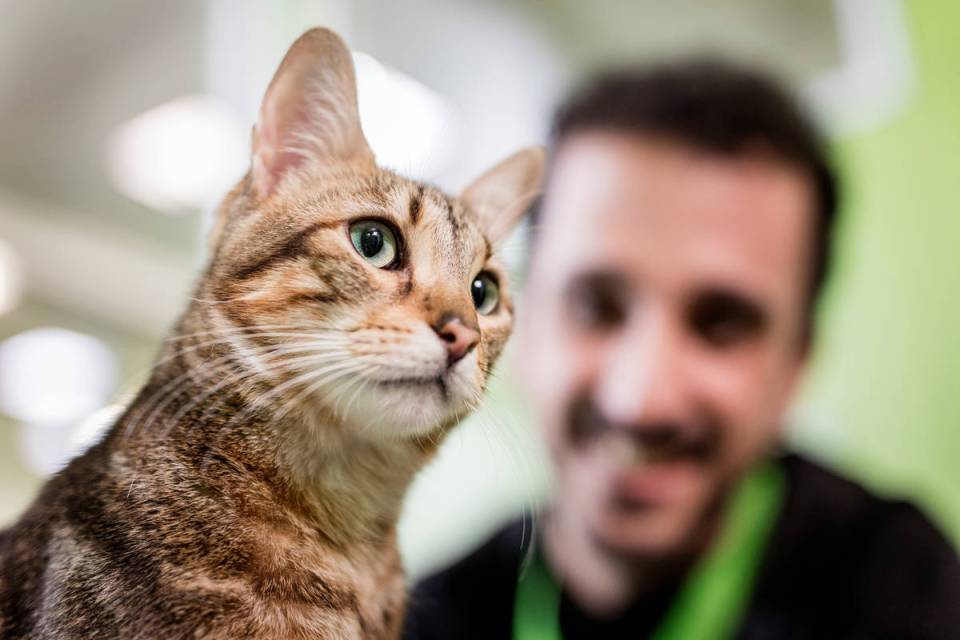
Environment & Security
Practical tips for creating the right environment for your cat’s needs
Make sure your cat has a safe place to go to sleep and rest comfortably away from disturbance. A cardboard box or cat carrier can be considered but a raised hideaway can also provide security because cats are happy to use height to give themselves a place of refuge.
Consider keeping your cat indoors at night after the last meal. Many cat fights and road accidents can happen after dark.
Always transport your cat in a secure carrier from which escape is impossible A simple cover on the carrier can make travel less stressful. Carriers that allow a lid to be lifted off can reduce stress at the vets.
Cats have a great sense of smell and hearing. Always bear in mind that stresses can occur because of unfamiliar odours or sounds which may or may not be detectable for us e.g. a new baby in the house or a neighbour’s cat visiting.
Outdoor access helps ensure adequate exercise. Note that cats are highly territorial animals and can feel threatened by disturbance by another cat or other unwanted intrusion.
By understanding and providing for your cat’s specific needs, you can help your cat to live a long and happy life. Discuss your cat’s individual needs with your veterinary practice at each routine check-up.
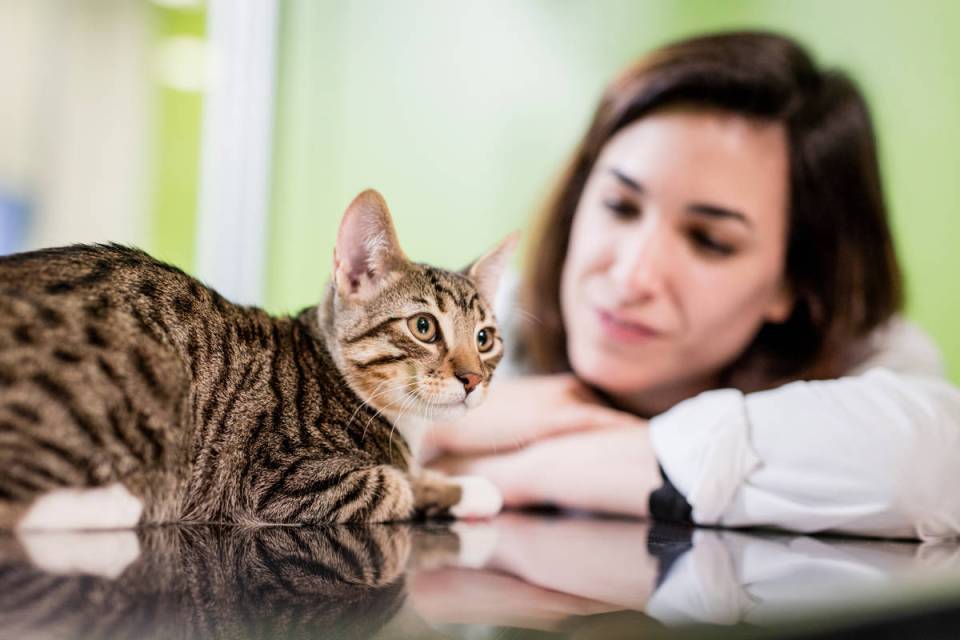
Hygiene
As a cat owner, you are the single biggest influencer on your cat’s health. By taking appropriate preventative measures many of the risks that may damage your cat’s health and welfare can be minimised. Ensure your cat’s bed and litter trays are cleaned regularly. After all, you like your house to be spotless so your cat does too! Good habits are formed early. Do not use household crockery for feeding your pet. This carries significant risk of infecting you or your family with parasites. Regular vacuuming of all soft materials that come in contact with your pet, including carpets and upholstery, will lower the risk of flea infestations. Ask your vet for further advice concerning parasite control that is appropriate for your cat. Regularly inspect your cat’s skin surface and address any hygiene issues accordingly.
